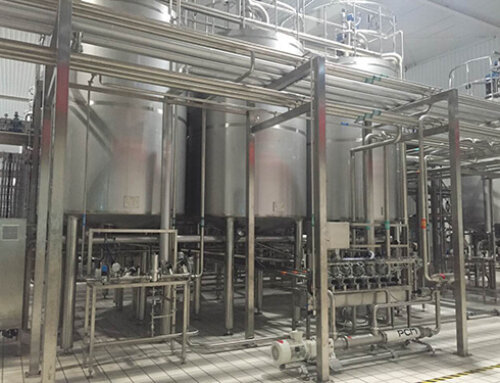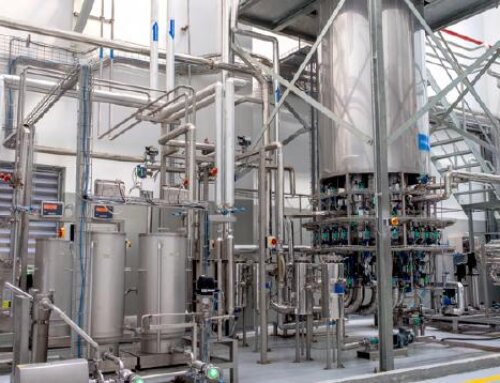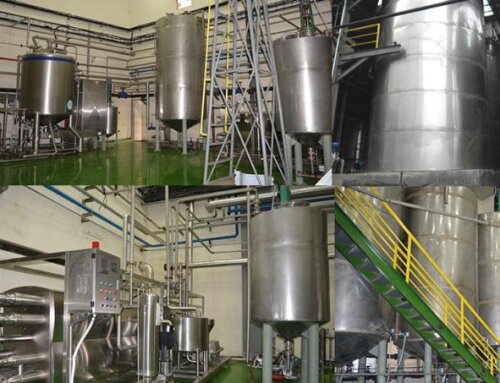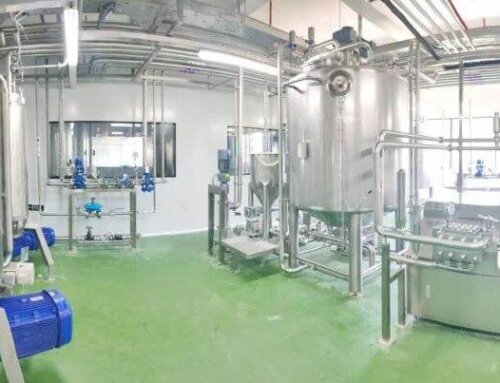Citrus Description
Citrus is composed of peel, juice, pulp, seeds and oil. Citrus peel can be grinded and dried for medicine, citrus juice and pulp as the main citrus products, which can be proceed into popular beverage drinks, it is rich in vitamin C and dietary fiber, which can beautify the skin, relieve fatigue and reduce blood lipids. Citrus seeds and pomace can proceed into animal feed, and oil is extracted from citrus peel, which can be proceed into refined oil and widely used in daily chemical industry. There are many varieties of citrus in the world, like orange, mandarin, tangerine, lime, lemon, kinnow, grapefruit and so on. Please See the figure below for the proportion of citrus varieties:

Citrus Planting Introduction
The world’s citrus production areas are mainly distributed between the earth’s 30°N latitude and 30°S latitude. Among the many citrus-producing countries, some Asian countries, South America, North America and some parts of which produce more than 2 million tons of citrus European countries. There are 135 countries in the world that produce citrus, with an annual output of 102.822 million tons and an area of 10.73 million mu, ranking first among all kinds of fruits. Brazil is not only the country with the highest citrus planting production capacity, but also with the most citrus processing products, and the second with 16.3352 million tons in the United States. The third output is China with 10.78 million tons, followed by Mexico, Spain, Iran, India, Italy and other countries. Please see the distribution map of citrus production capacity in all continents of the world in the year of 2018:

End Products of Citrus
Frozen Concentrated Orange Juice(FCOJ): The FCOJ is about 65 Brix value and the end products will be filled into aseptic drums in bags and stored into cold temperature. Through a process of heating the Juice under vacuum, water is evaporating and the juice concentrated is left. Roughly 80% of the original volume is evaporating and the remaining 20%. Some aromatic substances can be recycled during the evaporation process. At the same time, mandarin, tangerine, lime, lemon, kinnow, grapefruit can also proceed into concentrate juice.

Citrus Pulp: it is dried byproducts of citrus juice extracting, which include pomace seeds, peel and pulp. The amount is 50%-70% of the fresh citrus according to different citrus species.

NFC Citrus Juice: NFC means NOT FROM CONCENTRATED, The orange juice is obtained from an extractor or squeezer without any ingredients added, then the juice will be refined and gently pasteurized and maybe an addition of Orange Pulp Cells at last filled into an aseptic bag in drums or retail packages like small bottles.
Blended Orange Juice: During the concentration process water was taken away from the citrus Juice. The blended citrus juice will be added same amount of water to the concentrate before they filled into the final consumer package. To keep the natural good Orange Juice taste it is important to use high-quality pure water in the reconstitution process and it is equally important to give the juice mild pasteurization before filling.
Citrus Essential Oil: The essential oil includes fresh aromas and has many benefits to human body, like lift your mood, relieve pain, it can also be used into flavor agent in food and beverage. Citrus oil is also one byproduct of citrus juice processing. The oil will be grinded from citrus peel and collected into SUS304 tank, then sent to a finisher for initial separation of the large particles and oil emulsion. Then there will be two-stage centrifuge separating. The first stage is two-phase, it mainly separates water and solids from emulsion; the second stage is polishing oil and remove the fine particles and water.





